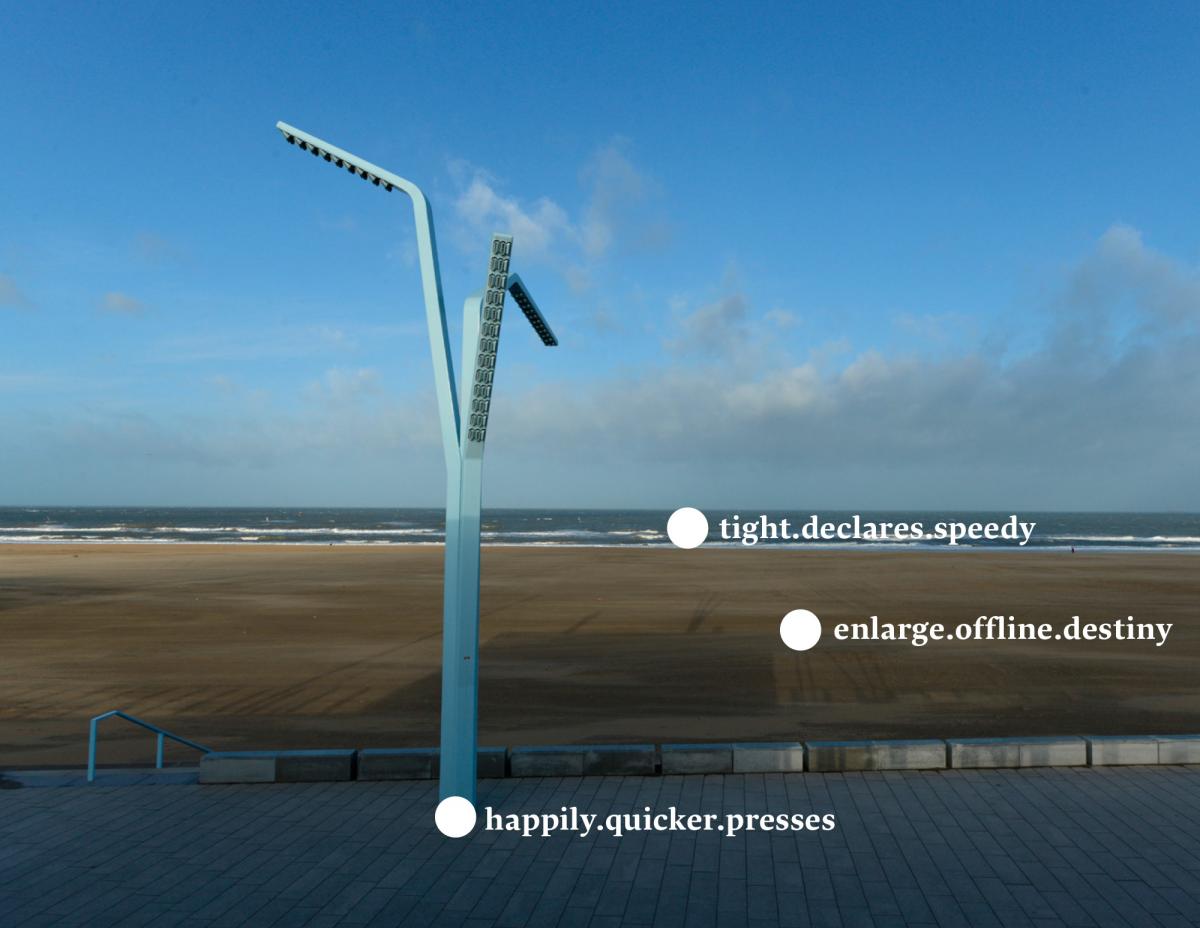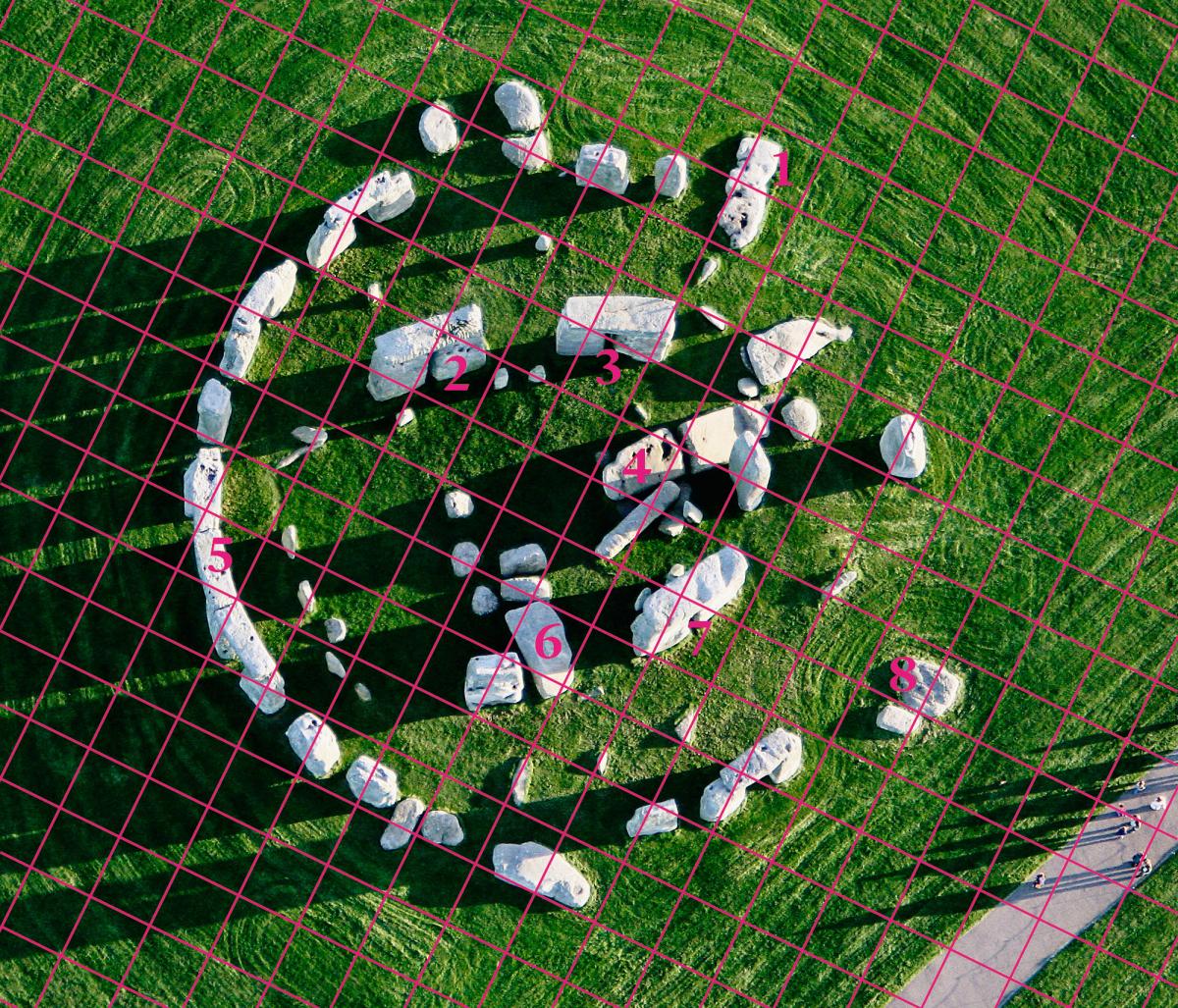Addressing the World
Traditional street addresses work very well, but only in places that have streets. This ingenious system assigns unique addresses to jungle huts, shantytown shacks and seaside campsites, and indeed to every spot on the planet.
Cover Photo: Rocinha is the largest favela in Brazil, built on a steep hillside overlooking Rio de Janeiro. Almost 70,000 people live in Rocinha but most of the streets don’t have official names, making postal delivery a detective work. Friendly Mailman (see article on the page xxx) has created a map of labyrinthine alleys of Rocinha. What3Words make their work even easier, giving everyone a usable address. (Photo: Jefferson Bernardes / Shutterstock.com)
More than half the world’s population lives in uncharted territory.
This statistic may seem unrealistically high, but is easily demonstrated: opening Google Maps in map view and searching for ‘Rocinha’ brings up a few thin lines snaking irregularly through a vast, seemingly empty area on the southern edge of Rio de Janeiro. Switching to earth view, however, reveals a dizzying grid of roofs representing the homes of tens of thousands of inhabitants who live without a formally established address in Brazil’s most populous urban slum. Even at maximum magnification Google Maps shows fewer than 30 roads in Rocinha, but in reality thousands of roads, alleys and footpaths traverse the Brazilian favelas where 11.5 million people live.
These ‘non-existent’ settlements are common the world over. According to a 2008 report of the UN Development Programme, four billion people in 135 countries do not have an official street address. In other words, 75% of the world’s countries are home to people who cannot declare a legal address on forms to apply for such basic needs as utilities and postal service (let alone bank accounts, library cards or voter registration) and thus may find getting services difficult, if not impossible.
Surveying, designating and registering official street addresses can be an expensive, time-consuming, and politically contentious project. To map an area and integrate it into the city’s existing structures, governments have to involve city planners, land surveyors and tax assessors, not to mention sign makers and cartographers. While the wheels of bureaucracy grind on, those who live in new or informal settlements have to make do with rough, landmark-based descriptions like ‘100 paces to the left of a large tree with white flowers’ or ‘the brown gate next to the big billboard’ (although those who can afford smartphones with GPS may have access to latitude and longitude coordinates as a hard-to-memorise but more precise alternative).
You seem to enjoy a good story
Sign up to our infrequent mailing to get more stories directly to your mailbox.Even in the UK, where street addresses have been used for centuries, concert producer Chris Sheldrick still encountered the same issues. Frustrated by musicians who would constantly show up at the wrong concert venue, he turned to mathematician Jack Waley-Cohen to create a better way to pinpoint a location. In 2013, Sheldrick and Cohen launched what3words, an app-based system that replaces latitude and longitude coordinates with easy-to-remember phrases, essentially instantly assigning an address to every spot on the planet.
GPS coordinates consists of two 8-digit numbers, while what3words addresses are something that people can actually remember in any of the nine supported languages.
Their system divides the entire surface of the earth into a grid of 57 trillion 3×3 m (9.8×9.8 ft) parcels and auto-generates a unique three-word name for each one. For example, the White House (1600 Pennsylvania Ave. NW, Washington, D.C. 20500) is at ‘engine.doors.club’ and the Eiffel Tower (Champ de Mars, 5 Avenue Anatole France, 75007 Paris) is ‘spoon.brand.harmless’.
The latest version of the what3words mobile app works not only in English, but in nine other languages (French, Russian, Spanish, German, Portuguese, Swedish, Turkish, Swahili and Dutch). The addresses in the new languages are not translations of the English addresses, but rather completely new random combinations, giving each spot a different address in each language. The location of the White House is ‘imbriquer.bleu.acheter’ in French, ‘reojo.canasta.situado’ in Spanish, and ‘kuzoeleka.vyovyote.ilienda’ in Kiswahili.

Developing countries that are struggling to build a consistent addressing system are not the only places where what3words is useful. Even in the Netherlands where street addresses and postal codes identify all buildings, what3words can help to identify undeveloped spots, such as location of your towel on the beach. It works on land or on water, as demonstrated by this photo from the beach in Scheveningen, just minutes away from Works That Work headquarters (rejected.defining.envy). (Photo: Peter Bilak)
The app is useful for travellers, who often have to decipher idiosyncratic street addressing conventions around the world. In parts of Japan, for example, the street numbering is based on the chronological order in which the houses were constructed: the first one built is No. 1 and the second one—which could be at the other end of the street—is No. 2. In New York, savvy real estate developers use inaccurate ‘vanity’ addresses to allow them to charge more money per square foot. As Bloomberg reported in 2014, a new skyscraper with the main entrance on 56th Street was given a Park Avenue address, even though it was about 45 m (148 ft) from the corner of the posh Manhattan street associated with luxury.
Sheldrick and Cohen’s system bypasses the traditional convention of the alphanumeric street addressing system and can in fact specify locations with greater accuracy. The White House, which occupies an area of about 5,110 m2, actually has several what3words addresses: within the Oval Office, sofa-side meetings are in the junction between ‘score.latter.loving’ and ‘square.oath.melt’, and the President’s desk is in the vicinity of ‘rich.soup.noble’.
Speaking at a conference in New York in December, Sheldrick explained that the specificity of the what3words system makes it especially ideal for targeted deliveries. ‘If drone deliveries take off, people might want [packages] dropped on the roof. Is this going to my front garden or back garden? I think that there’s going to be a whole shift in the way people think about an address,’ said Sheldrick.
Chris Sheldrick, founder of what3words, come up with a radical new approach to addressing. Dividing the world into 3×3 m (9.8×9.8 ft) squares, he generated a grid of 57 trillion locations, each of which is assigned a unique combination of three words selected from a pool of just 40,000 entries.
In the meantime, what3words’ ability to instantly provide a shareable address tag for any location in the world has been particularly useful for reaching those ‘invisible’ residents of informal settlements. The service transformed the operations of Brazilian delivery service Grupo Carteiro Amigo (Friendly Mailman Group), helping their carriers navigate the unmarked alleys and dirt paths of Rio de Janeiro’s sprawling, unmarked favelas with greater efficiency (see ‘Where the Streets Have No Name’). In the beginning, Carteiro Amigo relied on a complex proprietary system of maps that had to be updated daily, but switching to Portuguese addresses from what3words allowed the service to scale operations almost overnight. Now its carriers can identify customers’ homes using the mobile app and give them stickers with their three-word address. The company’s database of customer addresses allows them to pick up and deliver mail in areas where the official postal service cannot function.

A similar business has started up in South Africa, where an enterprising 24-year-old started a bike courier service delivering medicine to patients living in a large, uncharted settlement 25 km (15.5 mi) southeast of Cape Town. ‘Khayelitsha is like a maze,’ says Sizwe Nzima, the founder of Iyeza Express. ‘When we started we experienced logistics challenges. In the past courier companies weren’t able to work out the routes due to informal roads, informal addresses and informal housing.’ With the help of what3words he has streamlined his operations, with better and more accurate route planning.
The app is also finding its way into situations where locating people and places is literally a matter of life and death. The UN has incorporated it into its disaster-reporting app UN-Assign, allowing relief staff to deploy rescue teams and deliver supplies efficiently, even to off-the-map locations such as a flooded street or a dense forest. Services like the emergency call app BlueLight are using what3words addresses to monitor ski slopes and unmarked terrain.
As a concept, what3words’ simple solution presents exciting possibilities for the future of mapping and navigation, as evidenced by the numerous awards it has won and the significant partnerships and start-up funding it has attracted. In reality, however, there is still significant room for improvement. The app (now on version 6.3) still crashes too often, the autolocate function is not reliable and must be adjusted manually, elevation in a building can’t be specified, and use of the system is dependent on having a smartphone, which not all of the world’s poorest can afford.
Another potential problem can arise from the three words randomly assigned to a location. While what3words is careful to eliminate vulgar or easily confused words (like ‘here’ and ‘hear’) from its pool of 40,000 tag components, it doesn’t necessarily screen for odd combinations. Who wants to live in an area tagged ‘door.socks.city’ as in Greytown, South Africa or would buy a flat in the ‘airless.alive.mice’ square in Paris, or advertise the address ‘loaf.profited.person’ in Kent, UK? Unfortunately What3Words addresses cannot be customised or changed if users don’t like them. (Bad news for the residents of dozed.total.slump in New Jersey.)
On the other hand, perhaps the most important update to what3words is that it now works with popular navigation apps like Google Maps and Waze, connecting its unique, three-word tags to locations based on traditional street addresses and routes. A new partnership with Esri, one of the world’s largest mapping software companies, is paving the way for what3words widgets to be added to a significant number of geographic information systems as well. But until more countries follow Norway in formally accepting what3words tags as legal addresses, bureaucratic procedures will probably continue to be a problem for the invisible majority.

